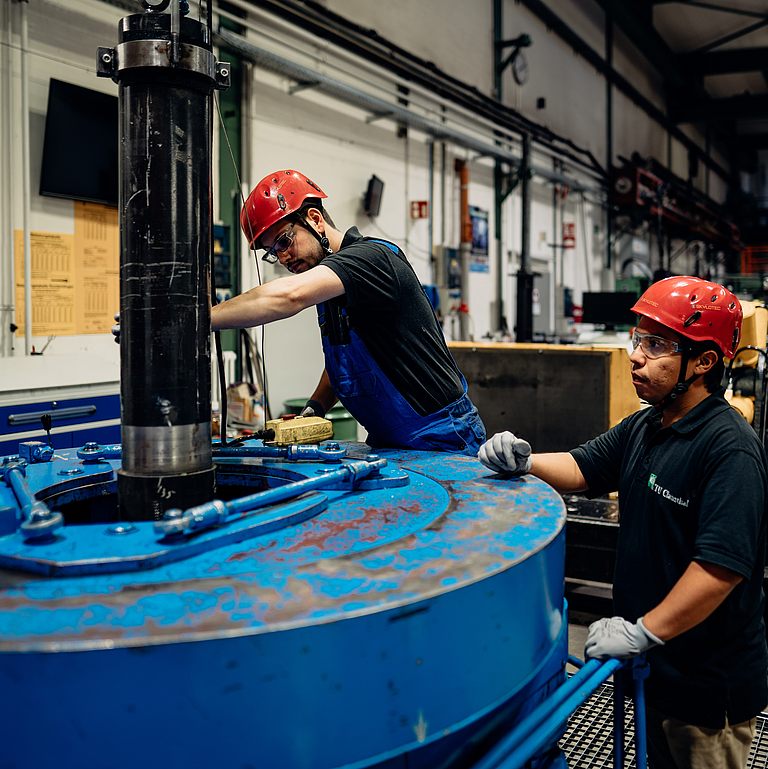Shale Oil/Gas Recovery Technologies
Leitung
Beschreibung
Shales are considered a highly potential source of oil and gas. Although they are abundant, shales are characterized by their low permeability, which restricts the flow of the hydrocarbons trapped within the pores of this fine-grained sedimentary rock. This renders recovery technologies applied to conventional reservoirs unsuitable for application in shale formations. From a production perspective, the development of horizontal drilling and hydraulic fracturing has enabled large amounts of unconventional oil and gas to become accessible. During hydraulic fracturing, permeability is increased through the application of pressure by pumping fluids. The pumped high pressure fluid aims to develop pathways in the reservoir so oil and gas can flow to the well bore.
On the other hand, Shales contain solid organic matter called kerogen. This matter is insoluble and makes up the most abundant fraction of the organic matter present in the rock. Upon undergoing thermal processes, namely pyrolysis, kerogen decomposes into gaseous and liquid hydrocarbons. Pyrolysis of shale rock can be conducted either in-situ or above the ground (ex-situ) in a process called retorting. In-situ retorting involves the application of heat directly to the underground rocks. In ex-situ retorting, oil shale is mined, crushed and transported into a facility for processing in retorts. Extraction of oil from shales can also be performed using supercritical fluids such as carbon dioxide, water and organic solvents. Defining a suitable production or extraction process highly depends on the geochemical and petrophysical characteristics of the shale.
Publikationen
H. Samara, Li Ke, T.v. Ostrowski, L. Ganzer, P. Jaeger: Unconventional oil recovery from Al Sultani tight rock formations using supercritical CO2, J. of Supercritical Fluids 152 (2019) 104562.



